blog cinnamon blog

- event
If you look at the person in charge of digital, you can see what the company will look like in 5 years [Guest: Akie Iriyama] (Part 2)

*This article is reprinted with permission from Diamond Online.
As co-founders of "Cinnamon AI," which provides AI solutions to many companies, Hajime Hotta, who promotes DX in Japan, and Kazuhiro Ohara, who leads the Japanese IT industry with numerous bestsellers, have teamed up. ``Double Harvest: Strategic Design in the AI Era to Create a System that Continues to Win'' became the number one business book on Amazon immediately after its release, and has received rave reviews from top runners in various industries.
This time’s talk is “double harvestWe will be inviting Professor Akio Iriyama of Waseda University Business School as a guest, who has enthusiastically commented, ``This is a practical book that systematizes AI x business that all managers should read!''
Why is the use of AI not progressing in Japan? How should I set the purpose that is the premise for running the "Harvest Loop"? We asked author Mr. Hotta and Mirai Hirano, representative of Cinnamon AI, about obstacles when promoting DX and specific measures to overcome them (Final episode/all 3 parts, composition: Yukihiro Tanaka).
Click here for the middle part:How to avoid turning your purpose and vision into “picture-filled rice cakes” [Guest: Akira Iriyama] (Part 2)

Just adding AI won't change anything.
Akira Iriyama (hereinafter referred to as Iriyama)When proceeding with DX at large companies, I think a major issue is path dependence. I have to change my entire company digitally, but why is it so slow? It is very important to consider path dependence.
Path dependence means that many things are tightly intertwined, especially in large companies, so they function well as a whole. To put it the other way around, even if something is working well and no longer fits with the times, it is not enough to change just one part of it.
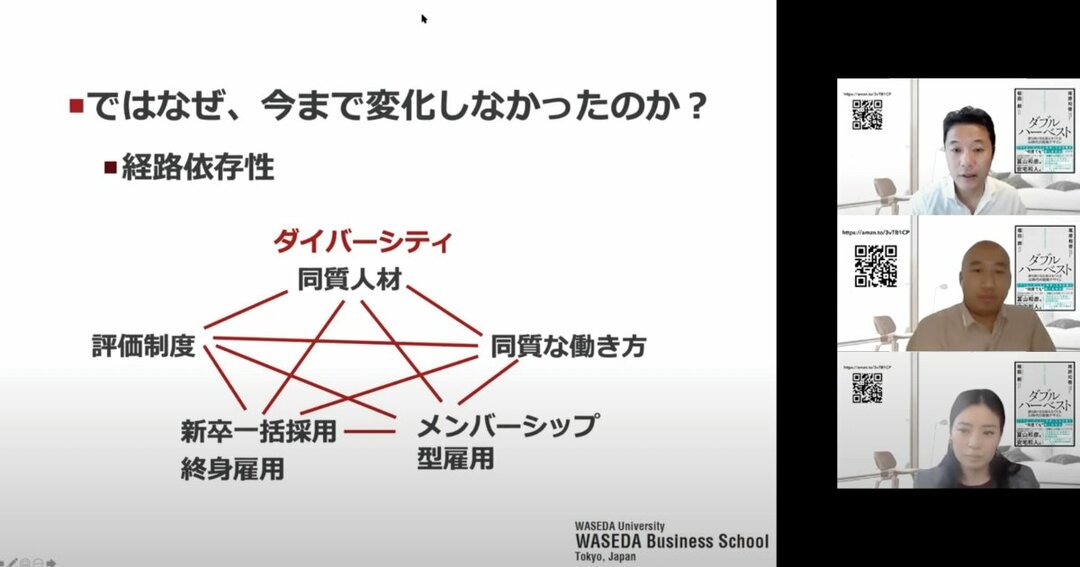
Although it has nothing to do with digital, a typical example is diversity. This is often used in lectures on DX and innovation, but although diversity has long been sought after, the reason why no progress has been made in Japan is because other factors are tightly intertwined with each other, holding us back. It's from. For example, if a typical large legacy Japanese company wants to increase the number of diverse employees, it will have to stop hiring new graduates all at once and employing them for life. There is no way you can hire diverse human resources by hiring new graduates all at once, and if the same people work for a long time, there is no way to increase diversity. This means that membership-based employment must be abolished, and in order for diverse people to coexist, evaluation criteria do not need to be uniform, but rather should be different. Furthermore, since there are a variety of people, there needs to be a variety of ways of working.Some people may want to work at a company, while others may want to work from home. However, before the coronavirus outbreak, remote work had not progressed at all. In other words, everything works together, so there's no point in changing just one part.
Unfortunately, it is said that Japanese companies have hardly been able to change during the 30 years of the Heisei era, and I understand that this is the biggest reason. By the way,"double harvestKazuhiko Tomiyama, who wrote a recommendation for ``, said exactly the same thing.
Hajime Hotta (hereinafter referred to as Hotta)I agree. Mr. Tomiyama's ``Corporate Transformation'' (Bungei Shunju) was a story about path dependence.
Entering the mountainI 100% agree with Mr. Tomiyama. This is truly a corporate transformation, and it cannot change without changing the entire company. Other analog legacy systems are tightly intertwined with each other, so even if you try to do only digital or only add AI, it won't change.
When changing the whole company, the most important thing is the purpose and the management, as I mentioned before. In addition to that, one of my techniques lately is to hold concurrent positions as executives. This is because large companies have too many executives. The other day, I asked a certain financial company, ``How many executives do you have?'' and I was surprised to hear the answer was ``70'' (lol).
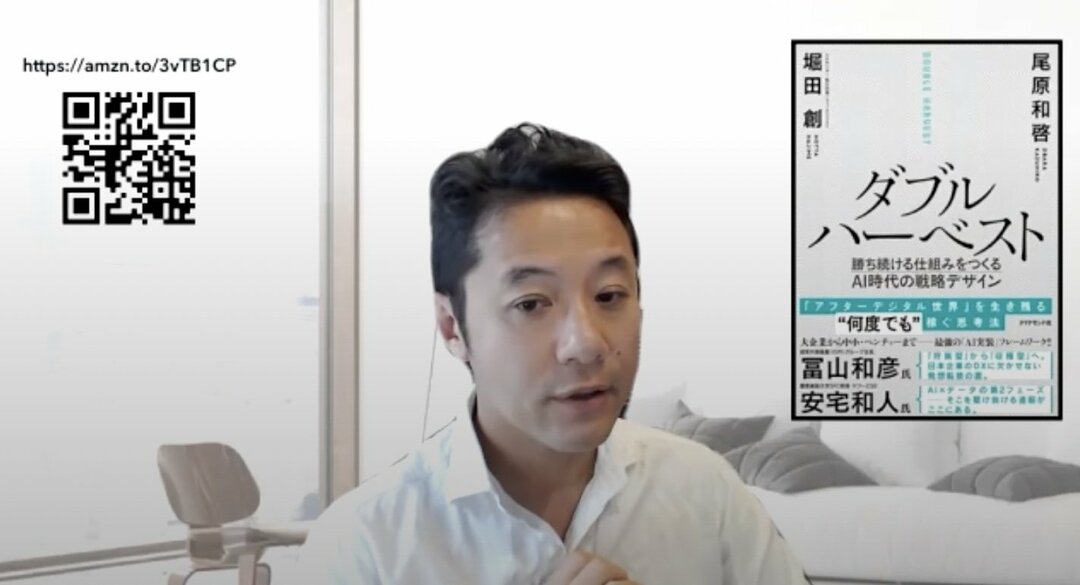
Mirai Hirano (hereinafter referred to as Hirano)That's a lot (lol).
| Akie Iriyama Professor, Waseda University Business School Graduated from Keio University Faculty of Economics in 1996. Completed master's program at the same university's Graduate School of Economics in 1998. After working at Mitsubishi Research Institute, where he primarily engaged in research and consulting for automobile manufacturers and domestic and international government agencies, he left the company in 2003 and entered the doctoral program at the University of Pittsburgh Graduate School of Business. Obtained a Ph.D. from the same graduate school in 2008. In the same year, he became an assistant professor at the School of Business at the State University of New York at Buffalo. Became associate professor at Waseda University Business School in 2013, current position since April 2019. Specializes in business strategy theory and international management theory. In his book “World standard management theory” (Diamond Inc.) etc. |
If the CIO also serves as the head of human resources,
Can overcome the biggest obstacles
Entering the mountainMy feeling is that the larger the company, the fewer the number of executives who have final decision-making authority. I think 4 or 5 people is enough. In this case, the executive officer who truly has the final authority will need to hold multiple functions. This will solve the problem of route dependence.
For example, recently more and more companies are appointing executives in charge of digital, such as CIOs (Chief Information Officers) and CDOs (Chief Digital Officers), and I think it is effective for these people to also serve as the head of human resources. This is because human resources are usually a major obstacle when promoting DX.
In other words, even if you want to hire digital talent, as you know, there is a competition all over the world for really talented digital talent, and it is not easy to hire them. What's more, he understands Japanese, understands work properly, and is very good at digital.double harvestThere are not many DX management personnel who can perfectly understand and execute the strategies described in the book. That's why I'm asking people to read this book, and to let other people read it (lol).
In any case, such people are extremely rare. Moreover, such people often come to work wearing shorts and T-shirts. The reality is that someone comes along with a casual attitude like ``Chiwassu,'' but gets paid twice as much as the president.
For example, Co-op Sapporo is an advanced organization that is actively promoting DX, led by a wonderful manager named Hideaki Omi, and Hideki Hasegawa, who is the CIO there, is an acquaintance of mine. He has served as the CIO of Tokyu Hands and Mercari, and he works in a casual T-shirt. However, when you reach his level, you can see not just one company, but several companies, so it's a business outsourcing contract.
HottaReally.
Entering the mountainI believe that from now on all top digital executives will have outsourcing contracts. If that happens, there's nothing we can do about it unless we change the personnel system. At that time, even if the top person in charge of DX says they want to do something like this, human resources usually resists. If different people were doing the work, the two sides would get into a standoff at the board meeting, and the project would stop without a decision being made.
However, if the same person serves as both the head of DX and the head of human resources, there will be consistency within that person. If you want to incorporate digital technology, you can decide that you need to change your human resources system.
When trying to advance DX in a large company, various reflections inevitably occur within the company. The key to reducing this is to create a situation in which the number of people with final authority is small, and as a result, adjustments are made among those people.
HottaI totally understand. I've never connected the topic of path dependence with the topic of concurrent roles, but one person can handle them alone. Even if you are promoting DX, if that person does not have authority over other departments, then nothing will progress, which is a big drawback.
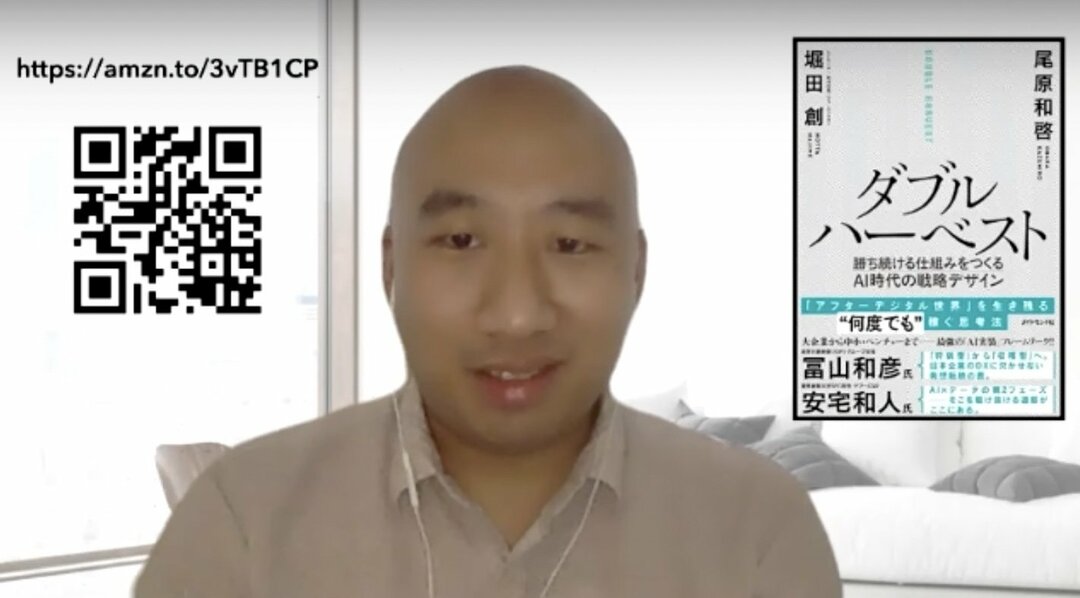
| Hajime Hotta Cinnamon Co., Ltd. Executive Officer/Futurist Born in 1982. Since his student days, he has been consistently engaged in artificial intelligence research such as neural networks, and at the age of 25 completed the doctoral program at Keio University Graduate School of Science and Engineering (Doctor of Engineering). Selected for the "IPA Unexplored Software Creation Project" in 2005 and 2006. Joined Sirius Technologies in 2005 and was responsible for the development of AdLocal, a location-based advertising distribution system. After founding Naked Technology while in school, he sold the company to mixi. Furthermore, he co-founded Cinnamon AI, the hottest AI startup that provides artificial intelligence business solutions such as AI-OCR, speech recognition, and natural language processing (NLP). Currently, he is active as a futurist at the company and is in a position to lead talented engineers in Southeast Asia. In addition, based on our philosophy of ``continuing to be an ally of innovators,'' we also provide advisory and coaching sessions for managers and leaders. While referring to the knowledge of cognitive science, we are exploring methodologies to increase the effectiveness of people and organizations. Lives in Malaysia. 『double harvest' is his first book. |
If you look at the personnel affairs of Digital Top,
Understand what the company will look like in 5 years
Entering the mountainI think this is exactly what CIOs and CDOs throughout Japan are having difficulty with when transitioning from analog to digital and from hardware-based to software-based. On the other hand, a company where someone who knows these things is concurrently at the top is likely to undergo major changes. This is because you can get rid of path dependence.
The company I have high hopes for these days is Mitsui Sumitomo Insurance. Mr. Shinichiro Funahime, who has recently become president, was originally the head of digital, so Mitsui Sumitomo Insurance has the potential to change. People who have made digital reforms have risen to the top, so since their brains are digital, there should be a big change.
Mitsubishi UFJ Financial Group has similar expectations. President Hiroki Kamezawa also comes from a digital background, so I look forward to seeing changes.
From my point of view, the more wonderful a company is, the more likely it is that out of the president's successor candidates, the person who is likely to be the next president will be placed at the head of digital affairs. A few years from now, when a generational change takes over and they become presidents, I'm sure things will change in earnest.
HottaThat's an interesting perspective. Does this mean that more and more companies are promoting this kind of personnel management?
Entering the mountainNo, from my point of view, companies that are interesting are doing that, but companies that are boring are not, unfortunately. Therefore, when Cinnamon works, if you look at what the management team and top personnel are likely to do, you may be able to find out whether you are likely to have a good relationship in a few years.
HottaI didn't have that perspective. If someone with a digital background becomes president or leads decision-making,double harvestIt should be easier to run a loop like the one I wrote in ``. When we say, ``AI becomes big if you use it in this way,'' some people understand it right away, while others say ``However...'' because they are tied up by internal circumstances and can hardly move. There are some people who can't take it, but I can really see the difference.
Entering the mountainWhat do you think of Mr. Hirano?
plainIn order to promote diversity, I believe that, like top management, we also need to change the way we work.Do you mainly work from home or go to the office?Work from home is sometimes allowed. It's quite different depending on how it's done.
If going to the office is the main thing, not all information will be available online, so those who cannot go to the office will gradually find themselves at a disadvantage. If that were the case, the way we worked would not change, and we would end up with the same kind of human resources.
If we really wanted to advance innovation, we needed to have diverse human resources, and in that case, we thought that the company would have to prepare work styles that accommodated diverse human resources, so we were thinking about the consistency of that. Today's big insight was that you can solve the problem by yourself.
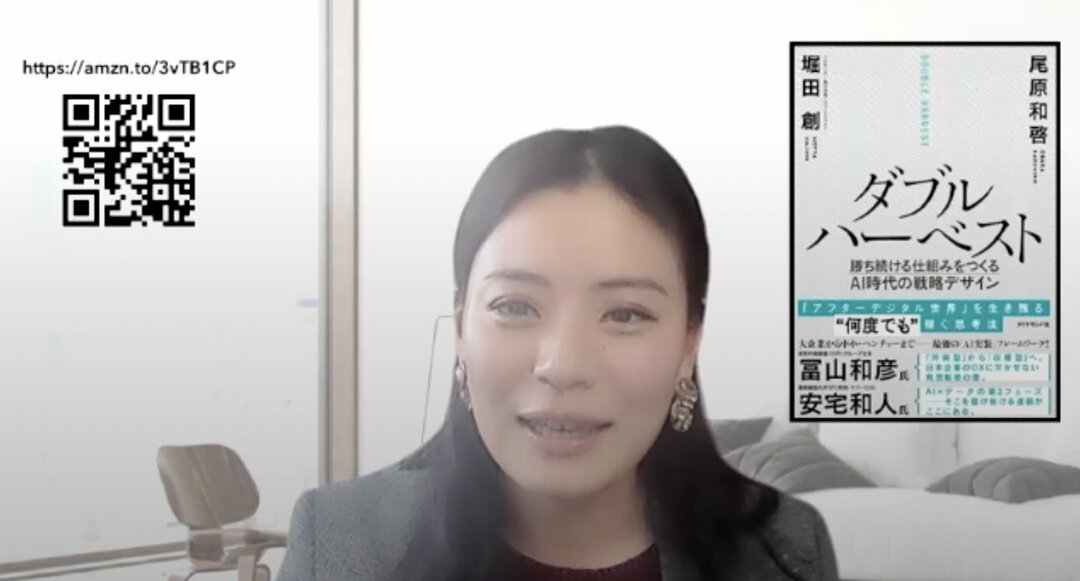
Entering the mountainI'm glad I was able to be of some help.
| Miku HiranoPhoto: Bottom left Cinnamon AI representative Serial entrepreneur. Completed graduate school at the University of Tokyo. Engaged in research on recommendation engines, complex networks, clustering, etc. It was twice selected for the IPA Unexplored Software Creation Project in 2005 and 2006. Founded Naked Technology while still in school. Develops and operates middleware that allows you to develop apps on iOS/Android/flip phones. In 2011, the company was sold to Mixi. She has received many awards both domestically and internationally, including ST.GALLEN SYMPOSIUM LEADERS OF TOMORROW, FORBES JAPAN "Entrepreneur Ranking 2020" BEST10, Woman of the Year 2019 Innovative Entrepreneur Award, VEUVE CLICQUOT BUSINESS WOMAN AWARD 2019 NEW GENERATION AWARD. He has also given a keynote speech at AWS SUMMIT 2019, Milken Institute Japan Symposium, 45th Japan-ASEAN Management Conference, Bloomberg THE YEAR AHEAD Summit 2019, etc. Since 2020, he has been appointed as a member of the Cabinet Secretariat IT Strategy Office and a special member of the Cabinet Office Tax Investigation Committee. From 2021, he will serve as an expert member of the Cabinet Office's Economic and Fiscal Policy Council. In her private life, she is a mother of two children. |
Connect with diverse people across countries
Hotta『double harvestOur hope is to raise the potential of Japan's DX and AI strategy, including the idea of The difficult part is that all the complicated issues are intertwined.
Entering the mountainThe same goes for the entire country. To be honest, I think that Japan's biggest challenge is English. Cinnamon also works in Vietnam, Singapore, and Taiwan. That alone is completely different. This is because diversity is something we take for granted from the beginning, even if we don't have to be conscious about it.
That's why we can either go there ourselves or invite people from other countries, but we will make good use of the talented talents and resources from around the world. In a country of 100 million people at most, and with a decreasing number of young people, there is no time to rely solely on homogeneous human resources.
For this purpose, communication in English is necessary. It doesn't matter if it's bad. Personally, I think it's important that all kinds of people come to Japan from all over the world, and that more and more people from Japan go abroad. This is gradually becoming the case.
HottaI completely agree. I can't wait for the coronavirus to end and people to come and go again. There are so many things I realized, and I feel like I still don't have enough to say, but I'll end it here for today. thank you very much.
(End of discussion)
Reprint source: Diamond Online / Akira Iriyama:https://diamond.jp/articles/-/271520
"Double Harvest"
Book details and publicationhereYou can check from here.
Recommended articles
-
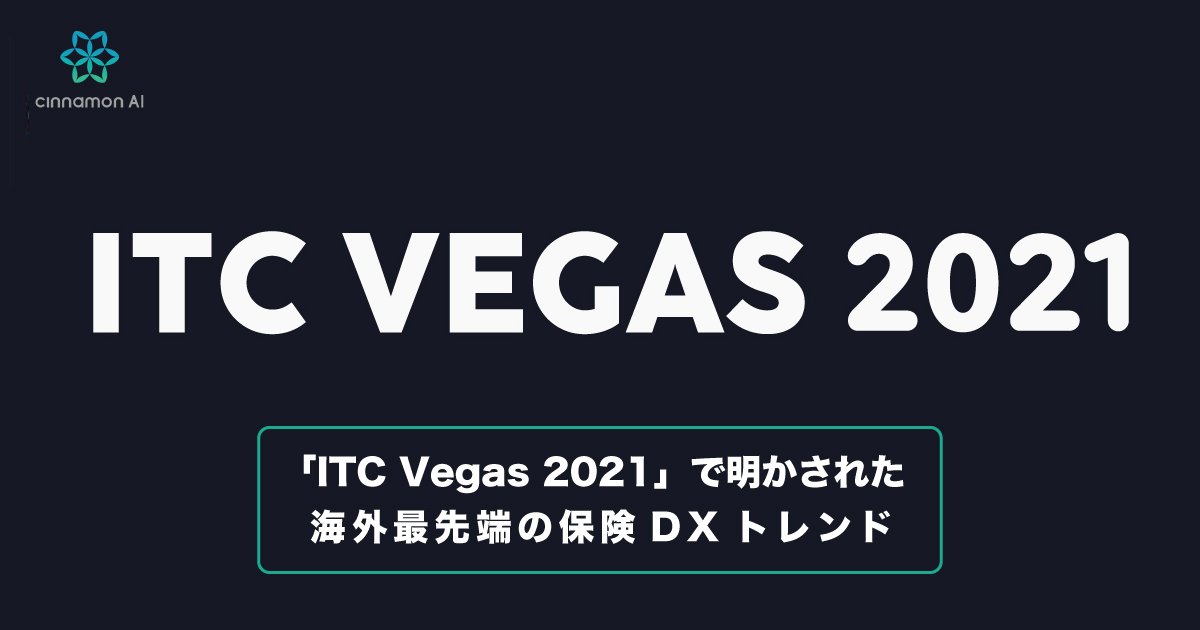 event
event -
 event
event[5 days only] Double Harvest Summit, archive distribution public page
[5 days only] Double Harvest Summit, archive distribution public page
-
 event
eventA perspective that companies lack, saying, “We have data, but we don’t know how to use it.”
A perspective that companies lack: “We have data, but we don’t know how to use it.”
